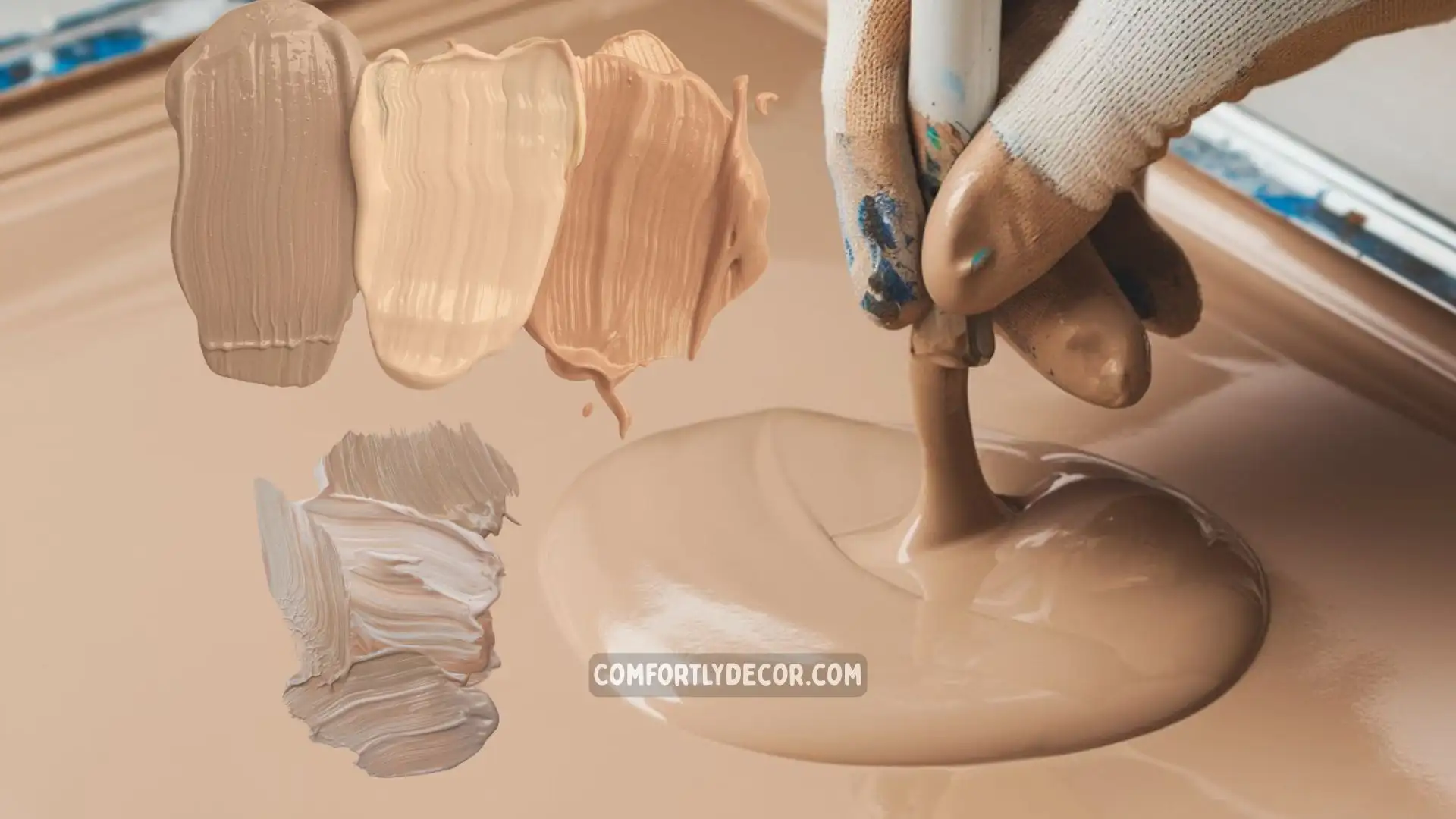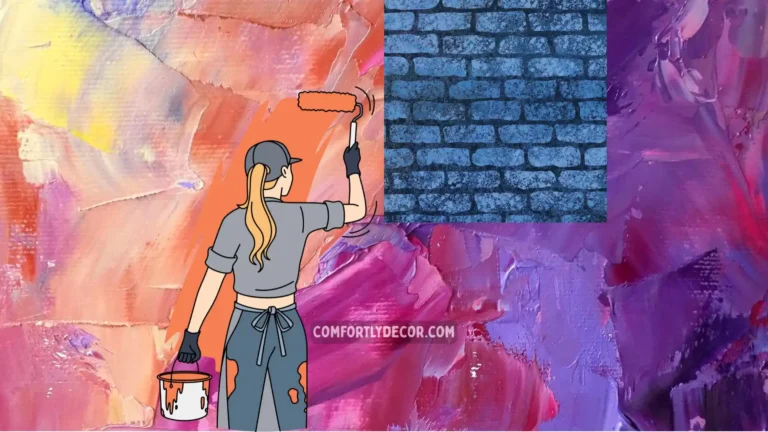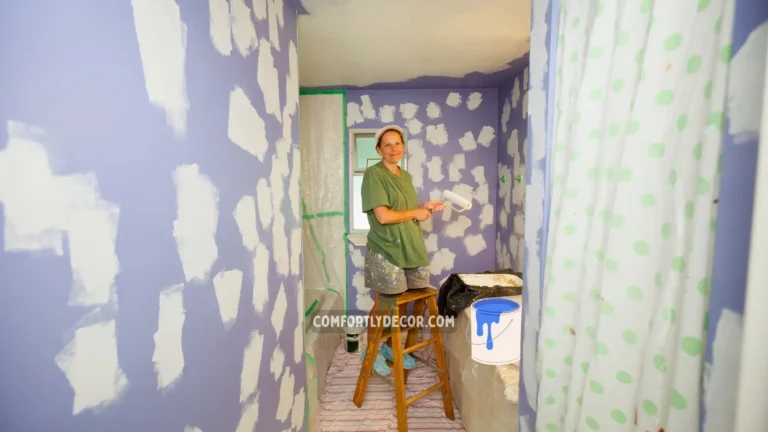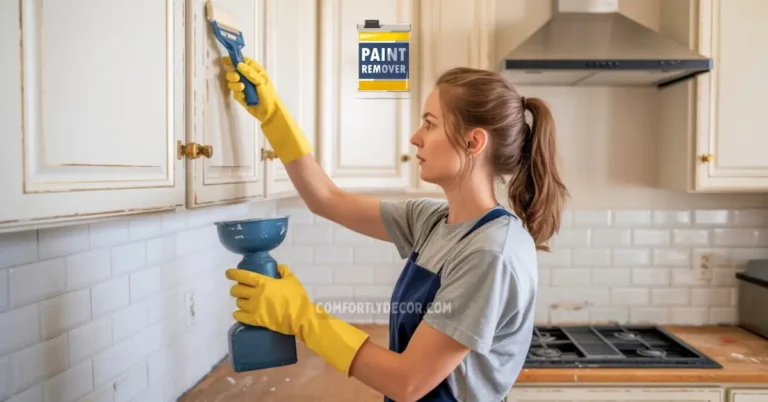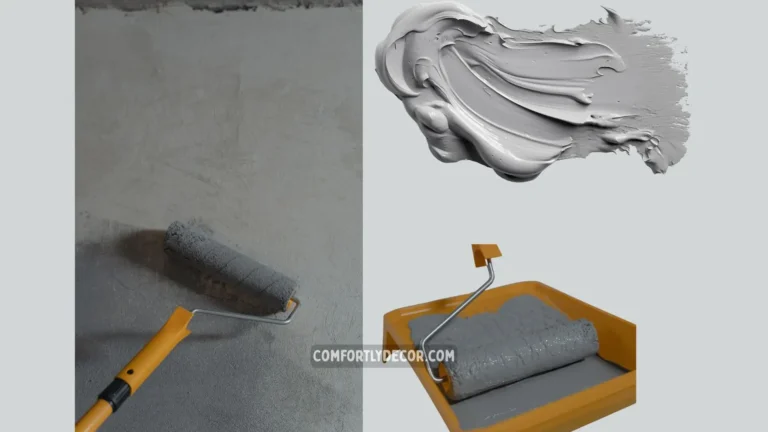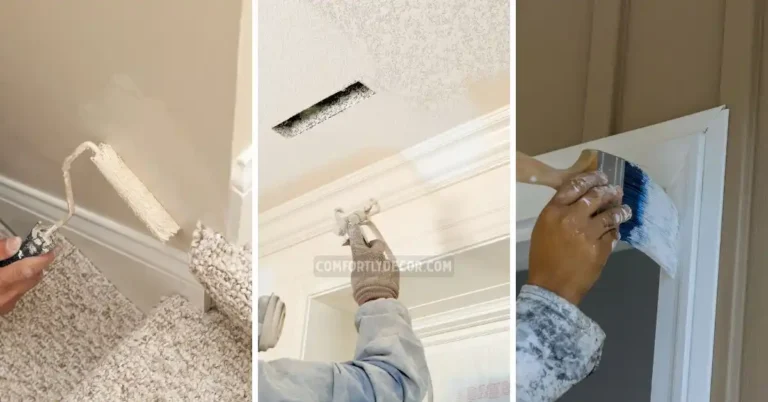How to Make Beige Paint Like A Pro
Beige is more than just a neutral color—in the world of painting and interior design, it’s a go-to for creating soft, soothing spaces, timeless art, and even earthy DIY projects. Whether you’re an artist, homeowner, or an enthusiastic DIYer, creating your own beige paint can be extremely satisfying (and surprisingly simple).
This guide will take you step-by-step through the process of making beige paint, explain its applications, and provide tips to help you achieve the perfect shade.
Understanding Beige
What is Beige?
Beige is a neutral hue that sits between white and brown on the color spectrum. Its versatility allows it to pair beautifully with countless tones, from warm colors like orange and red to cool colors like blue and green. Depending on how it is mixed, beige can take on creamy, warm, or earthy characteristics.
Typically, beige is made by blending white, brown, and yellow paint. Occasionally, small amounts of green or gray can be included to create unique undertones.
Why Beige is Popular
Beige is a classic choice in home decor and art for its timeless appeal. It evokes a sense of calmness and warmth, making it a favorite for cozy interiors and relaxing atmospheres. From creamy shades perfect for a nursery to deeper khakis that add depth to a living room, beige remains a versatile powerhouse in color mixing.
Materials Needed
To create beige paint, you’ll need some essential supplies. Don’t worry; most of them are easy to find at any art supply or hardware store.
What You’ll Need
- White paint (acts as the base)
- Brown paint (Raw sienna or raw umber works best)
- Yellow paint (to add warmth to the beige)
- Mixing containers or paint trays
- A sturdy mixing stick or palette knife
- Sample swatches or a testing surface
Why Acrylics Are Ideal
Acrylic paints are highly recommended for creating beige paint. They are easy to mix, dry quickly, and are widely available. Acrylics also work well for a variety of surfaces, from wood and canvas to walls.
For more specialized effects, you can also use oil paints (for rich texture) or watercolors (for lighter applications).
How to Make Beige Paint
Step 1 – Start With a White Base
Pour white paint into your mixing container. White acts as the foundation for your beige shade, so use a generous amount depending on how much paint you’ll need.
Step 2 – Add a Touch of Brown
Start small. Add a tiny amount of raw sienna or raw umber to the white paint. Mix thoroughly using your mixing stick. Brown tones darken the paint and bring depth closer to beige. Be cautious with how much brown you add; because it’s a strong pigment, even a little goes a long way.
Step 3 – Introduce Yellow for Warmth
To give your beige a creamy, warm feel, add a small amount of yellow paint. Yellow softens the brown and keeps the beige vibrant without feeling dull. Mix evenly as you go.
Step 4 – Test and Adjust the Ratios
Try a 1:3 ratio of brown or yellow to white paint as a starting point. Test your mixture on a sample surface or swatch to see the color in action. If the beige looks too dark, add more white. If it feels too muted, add a tiny bit more yellow.
Step 5 – Mix Thoroughly
Make sure all the colors are blended thoroughly for consistency. Uneven mixing can cause streaks or patches when the paint is applied.
Adjusting the Shade
Looking for a specific type of beige? Here’s how to fine-tune your color mix:
Muted Beige
Add extra white paint to soften your beige. A muted beige works well for calm and understated spaces such as bedrooms or minimalist art.
Warmer Beige
Introduce a little more yellow if you want to create a cozier, creamier tone. This is ideal for creating inviting spaces like living rooms and kitchens.
Earthy Beige
For a natural, grounded look, add more brown or a hint of green. Earthy beige shades are perfect for complementing wooden furniture or outdoor themes.
Tips and Tricks
To achieve the best results, here are some tips to keep in mind when making and applying beige paint.
- Use High-Quality Paints: Invest in good-quality paints that offer rich pigments and smooth application. This will ensure your beige looks vibrant and lasts longer.
- Test Before Committing: Always test your paint mix on a small surface before applying it to your project. Lighting conditions can heavily influence how beige will appear once dry.
- Keep Notes: Document the ratios of each color you use. If you love the results, you’ll be able to recreate the exact shade on future projects.
- Mind Room Lighting
For home decor, consider the lighting in the room. Beige can look warmer in natural sunlight and cooler under artificial lights. This helps in choosing the undertones that suit your space.
Applications of Beige
Beige isn’t just a color; it’s a mood. Here’s how you can use it to your advantage.
Home Decor
Beige is a staple in modern interior design. It can be used for walls, furniture, and accent pieces. Pair it with dark woods, metallics, or pastel accents for a chic and cohesive look.
DIY Projects
From painting picture frames to upcycling furniture, beige offers a neutral canvas that complements virtually any style.
Art and Crafts
Use beige as a background color in paintings or to create vintage-inspired art. Its neutrality acts as a great base for layering vibrant colors on top.
FAQs
Unlock the Potential of Beige
Now that you know how to make beige paint, the possibilities for your creativity are endless. Whether you’re adding warmth to your living room or mixing custom colors for your next art project, beige offers incomparable versatility.
Gather your paints, start mixing, and enjoy the process of creating this timeless color. With just a few tweaks, you can make beige truly your own.
Happy painting!

I am Mindy Medford, a home décor, paint, and design specialist with over a decade of hands-on experience transforming ordinary spaces into cozy, personality-packed havens. Since 2013, I have been helping homeowners discover the art of beautiful yet practical design. I share my love for color, texture, and layout—making stylish interiors & exteriors feel achievable for everyone. Whether it’s picking the perfect paint shade or reimagining a small space, I’m here to guide and inspire.

